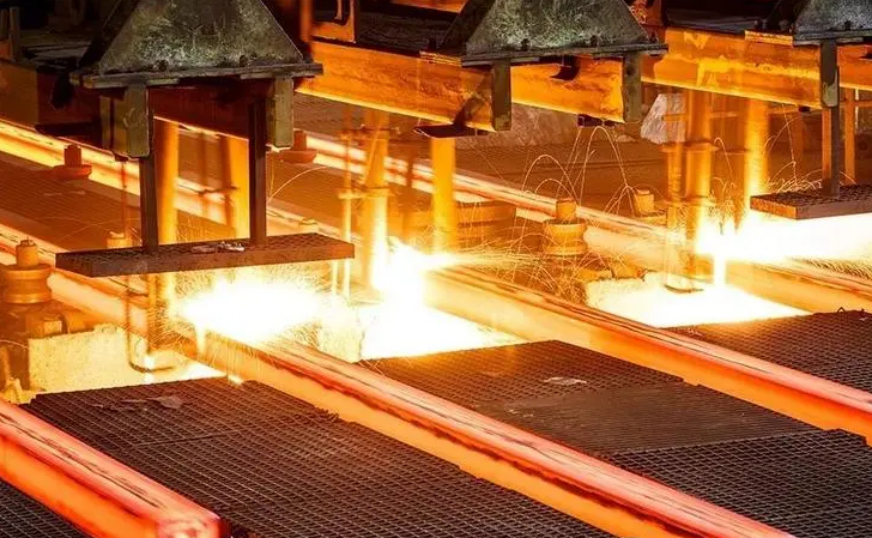Today, the metallurgical technology has been quite mature. Extending the service life of the core components of the metallurgical production line by means of remanufacturing technology can not only improve the performance of new products, but also repair old products and prolong the service life of products. At the same time, it can effectively reduce equipment maintenance and downtime and improve production efficiency.

1. Laser cladding of side guide plate
Side guide plate is an important part of hot rolling thick plate and strip production line. After laser cladding of alloy materials (optional) on the surface of the side guide plate, the service life of the processed side guide plate is significantly improved and the production cost is effectively reduced.
2. Laser cladding of furnace bottom roll
As the transmission medium of high-temperature slab, the furnace bottom roller has been working in the high-temperature environment filled with corrosive gas for a long time. The roller ring in direct contact with the high-temperature slab is prone to steel sticking, nodulation, oxidation, corrosion, wear, high-temperature creep and other phenomena. In particular, various quality defects such as pits, scratches and double skin on the lower surface of the slab caused by steel sticking and nodulation are particularly prominent on soft steel such as silicon steel and cold rolled raw materials. A layer of new material with high temperature resistance, oxidation resistance and wear resistance is coated on the surface of the roller ring by laser, so as to avoid the phenomenon of steel sticking, nodulation or loose peeling of oxide scale on the surface of the roller ring during the service life of the furnace bottom roller, which will affect the subsequent rolling quality of the slab and effectively improve the economic efficiency of the production line.
3. Laser repair / quenching of mill housing
Rolling mill housing is the key equipment in hot rolling machinery. The surface gap is caused by corrosion, which affects the shape control and the product quality. By laser cladding the alloy layer on the rolling mill housing, the original shape can be restored without deformation, effectively enhancing the wear resistance of the mounting surface of the rolling mill sliding plate and extending the service life.
4. Laser remanufacturing of flat head cover
The mechanical main drive system of the finishing mill starts and brakes frequently, resulting in short service life of the flat head sleeve and many failures. The laser cladding is used to remanufacture the flat head cover of the main drive of the rolling mill. The application results show that the wear amount of the flat head cover with laser cladding is very small, and the service life is significantly improved compared with that without laser cladding.
5. Long axis laser quenching
The shaft is an important part of the transmission system. The life of the shaft is significantly improved by laser hardening. The following figure shows the laser quenching of sprocket shaft. After quenching, the hardness is significantly improved without deformation.
6. Laser alloying of roll
Roll is the main working part and tool on the rolling mill that causes continuous plastic deformation of metal. The long-term bad working environment causes its surface to peel off, crack and even fracture. The service life of the roll can be effectively prolonged by laser alloying of the roll. The following figure shows that the bar roll is alloyed by laser, which has no deformation, high temperature resistance, corrosion resistance and significant improvement in steel passing capacity.
In addition, the laser surface remanufacturing technology is also applied to the repair of rolling mill drive shaft, gear shaft, travelling wheel, scissors, hollow roller, reducer housing, etc. the laser surface remanufacturing technology has the advantages of excellent comprehensive performance, high material utilization rate and high flexibility. It can not only restore the external dimensions of damaged parts, but also make its performance reach or even exceed the level of new products. At present, it has been widely used in iron and steel enterprises.
Post time: Aug-08-2022

